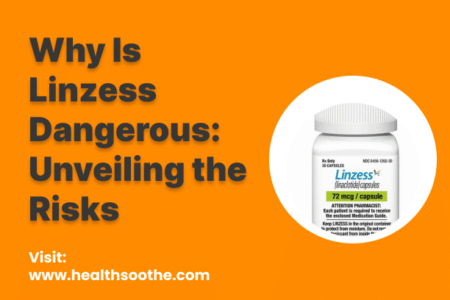In the realm of vaccine development, a remarkable scientific breakthrough has reshaped the landscape: the advent of mRNA nanoparticles. These minuscule particles, harnessing the power of nanotechnology, have revolutionized nanomedicine by enabling the creation of highly effective mRNA-based vaccines. In this article, we will explore the fascinating world of mRNA nanoparticles, delving into their structure, function, and the immense potential they hold for future medical advancements.
Understanding mRNA Nanoparticles: The Basics
mRNA nanoparticles, also known as lipid nanoparticles (LNPs), consist of a lipid bilayer that encapsulates mRNA molecules. This lipid envelope ensures the stability and protection of the delicate mRNA, allowing it to reach its target within the body. Acting as delivery vehicles, these nanoparticles transport the mRNA into cells where it prompts them to produce specific proteins, triggering either an immune response or therapeutic effect.
The Role of Nanoparticles in COVID-19 mRNA Vaccines
The urgent need for a COVID-19 vaccine led to the utilization of mRNA technology, with nanoparticles playing a crucial role. Anchored by nanoparticles, mRNA vaccines, such as those developed by Pfizer-BioNTech and Moderna, have demonstrated remarkable efficacy in preventing COVID-19 infection. The lipid nanoparticles act as carriers, facilitating the efficient delivery of mRNA into human cells. Once inside, the mRNA instructs the cells to produce the spike protein found on the surface of the SARS-CoV-2 virus, thus stimulating a robust immune response.
Advantages of mRNA Nanoparticles in Vaccines
The incorporation of nanoparticles in mRNA vaccines offers several advantages. Firstly, they enhance the stability of mRNA, preventing its degradation before it can reach the target cells. Secondly, nanoparticles protect the mRNA from being recognized and attacked by the immune system, increasing its lifespan within the body. Additionally, the lipid envelope aids in cellular uptake, ensuring efficient delivery and protein expression. These combined benefits contribute to the high efficacy and safety profile observed in mRNA-based vaccines.
Beyond COVID-19: Potential Applications in Nanomedicine
The success of mRNA nanoparticles in COVID-19 vaccines has paved the way for their exploration in various medical fields. Researchers are actively investigating the potential of mRNA nanomedicine in areas such as cancer treatment, genetic disorders, and regenerative medicine. The precise delivery of therapeutic mRNA to specific cells holds promise for personalized medicine and targeted therapies. Furthermore, the versatility of mRNA allows for the development of vaccines against other infectious diseases, ushering in a new era of rapid response to emerging pathogens.
Overcoming Challenges and Future Directions
While mRNA nanoparticles hold tremendous potential, several challenges need to be addressed. Stability, scalability of manufacturing, and cost-effectiveness are key areas that require further research and development. Scientists are working to optimize formulation and production processes to ensure widespread accessibility and affordability of mRNA-based therapies. Additionally, efforts are underway to investigate the long-term safety and potential side effects of these novel treatments.
Conclusion
The emergence of mRNA nanoparticles in nanomedicine has brought about groundbreaking advancements in vaccine development and therapeutic interventions. With their unique ability to deliver mRNA to target cells, these nanoparticles have played a pivotal role in combating COVID-19. Beyond the pandemic, mRNA nanomedicine holds immense promise for personalized therapies and the treatment of various diseases. As scientists continue to push the boundaries of this transformative technology, the future of medicine appears increasingly bright, thanks to the remarkable power of nanoparticles in the realm of mRNA-based therapeutics.


